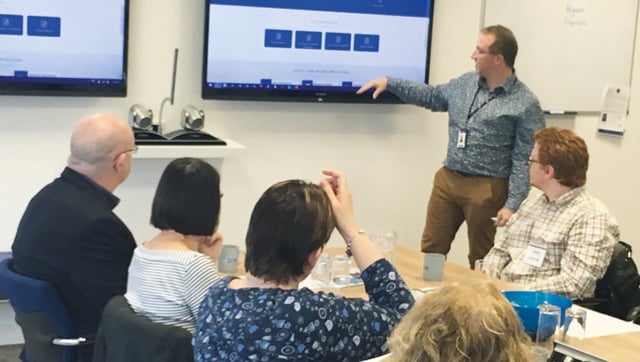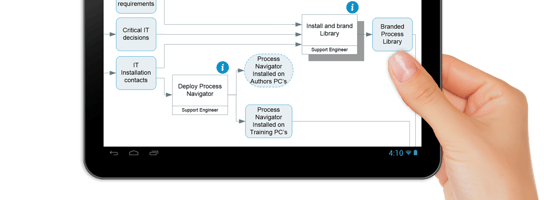Human beings get bored and look to have a degree of variety in their life. Doing the same thing hour-upon-hour, day-after-day is not conducive to productivity when carrying out repetitive processes.
However, by their nature many business processes are repetitive and because we want to have consistently good outcomes from the processes, variability in the way the processes are carried out is discouraged. However, need this be the case?

Business Process Management in Theory
When we develop and describe the business processes for an organisation, we break the processes down to a series of activities that transform inputs into outputs.

These are then described as a series of instructions, either diagrammatically via process flows or as a series of instructions in a procedure, and we then expect people to follow these instructions, in order to create a consistent output.
Needless to say this is great in theory, but somewhat less so in practice. Human nature being what it is, the instructions will be followed more or less and the outputs will be roughly consistent in nature. So when we start designing and documenting our business processes, how can we take account of this human induced variability?
Business Process Management in Real Life
The first thing we need to do is to understand the allowable tolerances, both in the output of the overall process and in the output of the individual activities.
To do so, break the process down into activities and look at how variations in those activities can affect both the output from the activity, as well as the overall output of the process. This may well illuminate ways in which improvements can be made both in the effectiveness of the process, as well as providing a greater amount of autonomy and flexibility to the staff carrying out the activities. Thus providing a better working environment for the staff, which generally leads to better productivity.
What are the Tolerances?
The big question is always going to be how can we understand what the tolerances are on the activities and how do they affect the overall process outcomes.
Generally, the overall tolerances for the output of the processes are defined as part of the process description.

Taking the process of making a cup of tea using a tea bag as an example; certain activities are more crucial than others in providing a good cup of tea. The temperature of the water used to make the tea, as well as the time the tea bag is left in the hot water are critical, however the way the kettle is filled and the degree to which it is filled is not, as long as there is sufficient water to fill the cup.

Other activities such as boiling the kettle can also allow for flexibility. It does not alter the quality of the cup of tea if the water is boiled using gas or electricity, as long as it gets to boiling point.
However, there is an ideal time taken from the boiling of the water, to it being poured over the tea bag. If the water is allowed to cool too much it will not make a good cup of tea and so there is a tolerance that needs to be specified.
Understanding which of the activities in a process are key to the quality of the outcomes of the process and what the tolerances are on those activities is key to successful outcomes. On the flip side, being too prescriptive and constraining how activities not key to the outcomes are carried out, can both waste money and frustrate staff.
To see how 8 real organisations got this balance right, read the Business Improvement E-book which documents the strategies 8 organisations used to improve their processes organisation-wide.
Related Articles:
The Process Improvement Catch 22: The Law of Unintended Consequences
Risky Business: 4 Actions for a Successful Risk Management Process
How to Avoid the Human Error Problem in Process Improvement Techniques
5 Process Mapping Tips: Getting People On Board, Not Making them Bored
Written by Terry Giles
Terry Giles is a consultant for TerryAG Consultancy. He has a great deal of experience in developing Business Management Systems based around a variety of models including ISO 9001, TL 9000, ISO 14001, EFQM, Baldrige, CMMi, ITIL, RiskIT and CobiT 4.1 & 5.

